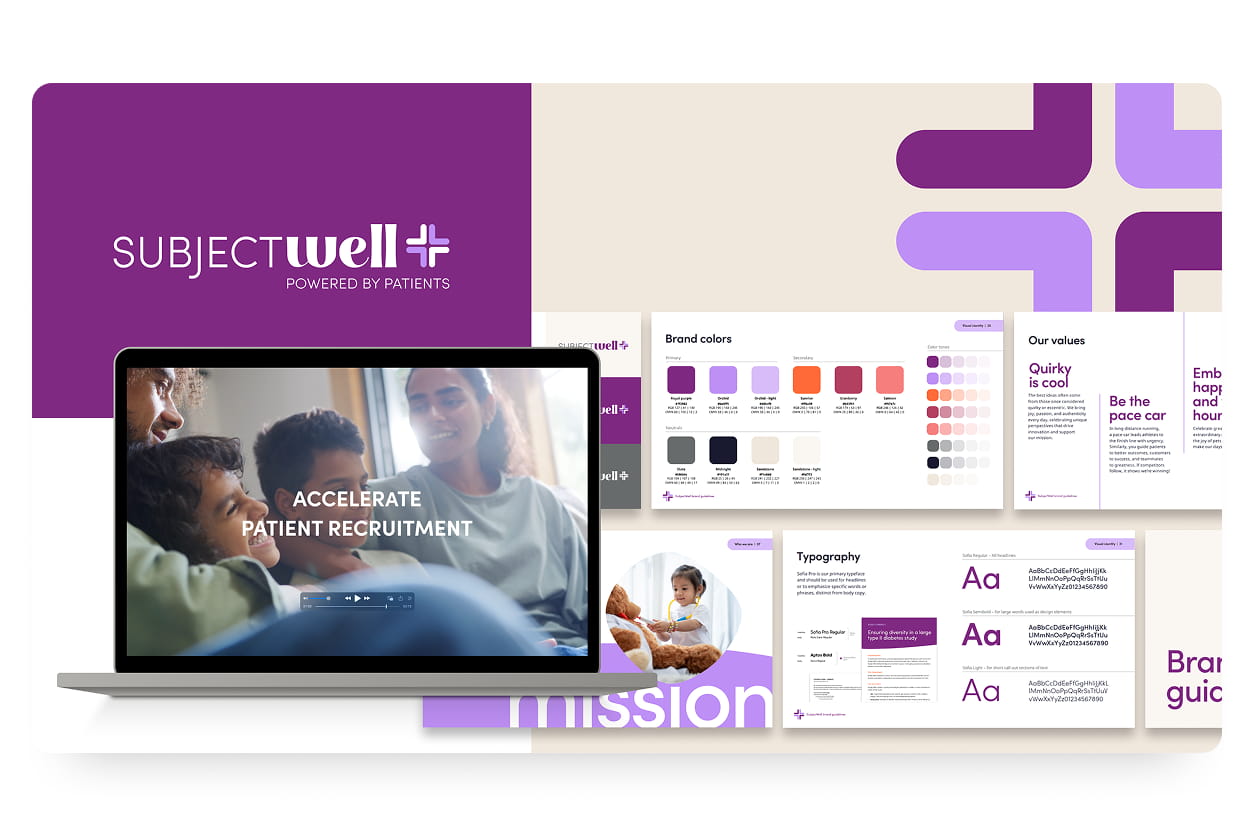
By incorporating features like wearables, at-home visits, and ride sharing services, trials can increase patient recruitment and retention.
Despite the rising costs of implementing a clinical trial, patient recruitment remains a major obstacle for sponsors and CROs. In fact, the estimated annual expense of clinical trials in the US is $7 billion, with approximately $1.89 billion of that total attributed to patient recruitment.
The move toward patient centricity is an attempt to address this discrepancy. Most sponsors and CROs know that creating a more positive experience for patients will increase enrollment, but how do they go about designing a study that meets patients’ needs while also remaining cost-efficient?
Patient-Centric Trial Design
Clinical trials that are burdensome for patients – requiring them to travel long distances or follow unclear protocol – can deter recruitment, retention, and adherence. In turn, high patient drop-out rates can result in delays, added costs, or invalidated data.
To make studies more convenient and enjoyable for patients, sponsors and CROs should incorporate patient insights on trial procedures. Collecting feedback can take a qualitative approach (do patients seem to be having a positive experience?), or use qualitative measures to evaluate a trial’s impact on patients. One example of a qualitative solution is Medidata’s Patient Burden Index (PBI), which measures the burden placed on patient volunteers on a per procedure basis.
Sponsors and CROs can use this feedback to design trials that cater to patients’ needs. This may include leveraging remote technology, ride share services, or at-home visits, features that prioritize convenience without sacrificing trial accuracy.
mHealth and Wearables
Trials that minimize patient burden and emphasize a positive experience often make use of technology like mHealth and wearables. These devices are cost-effective and user-friendly ways to collect data and ensure that patients are following trial procedures. Sensors in wearable devices can remotely monitor patients’ vitals and important environmental data, while ingestible monitors can track data on drug dosage, timing, and physiological responses. Once they collect key patient information, mHealth technology and wearable devices can transit the data to a patient’s physician or mobile phone.
Clinical Homecare
Many low-income or elderly patients have difficulty traveling to investigator sites, hindering their ability to participate in studies. One way to overcome this obstacle is to incorporate at-home visits into clinical trials. Clinical homecare, the practice of bringing trials directly to patients, is becoming more common, and in many cases has resulted in an increase in patient recruitment and retention. At-home visits can also reduce congestion at investigator sites, which can also have a positive effect on a patient’s overall experience.
Ride Sharing Services
Recent surveys indicate that more than 50% of patients who were considering participating in a clinical trial opted out because of transportation concerns. To address this issue, many trials have decided to partner with ride sharing services like Uber and Lyft to provide eligible patients with free transportation to investigator sites. Continuum and Lyft, for example, offer patients the ability to schedule and pre-schedule rides to and from their trial appointment. This feature not only reduces the burden placed on patients, but also helps ensure that they show up for scheduled visits.
As finding, recruiting, and retaining patients becomes increasingly challenging, sponsors and CROs should focus on incorporating new technology and patient-centric practices into their studies. Trials that have the potential to improve patients’ medical prognoses, as well as meet their day-to-day needs, are more likely to stand out from their competitors.





